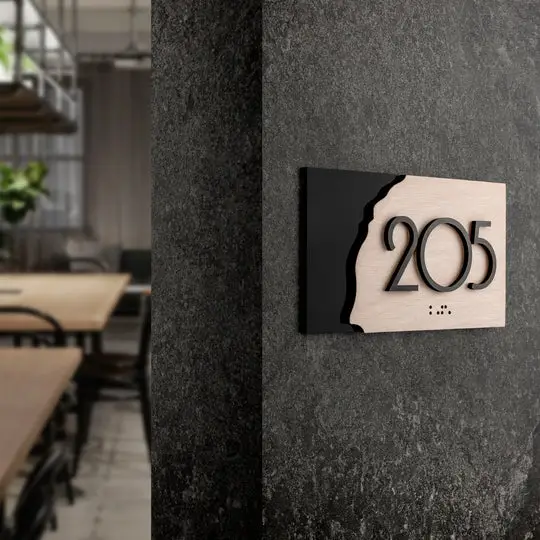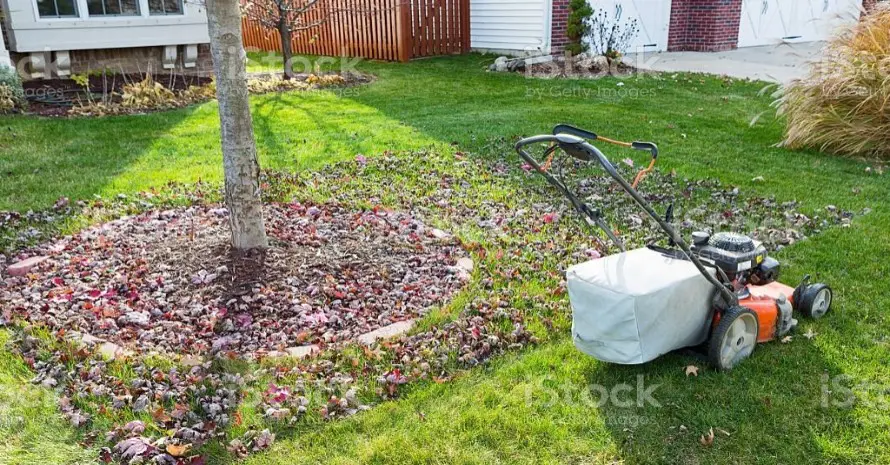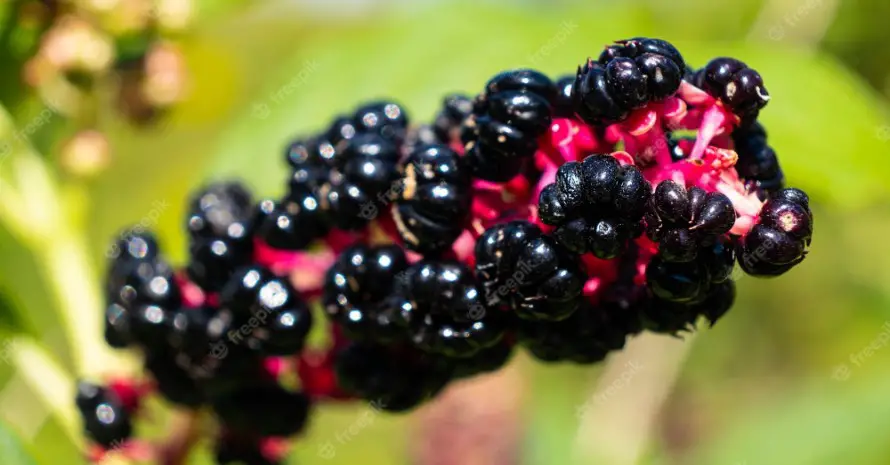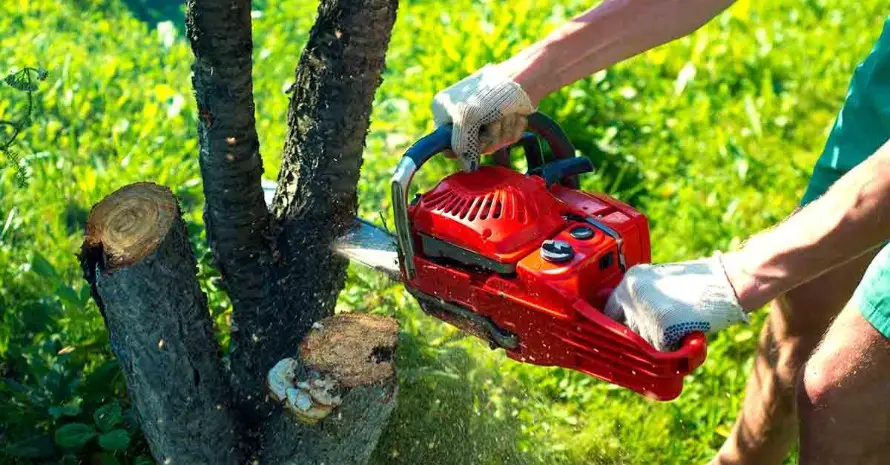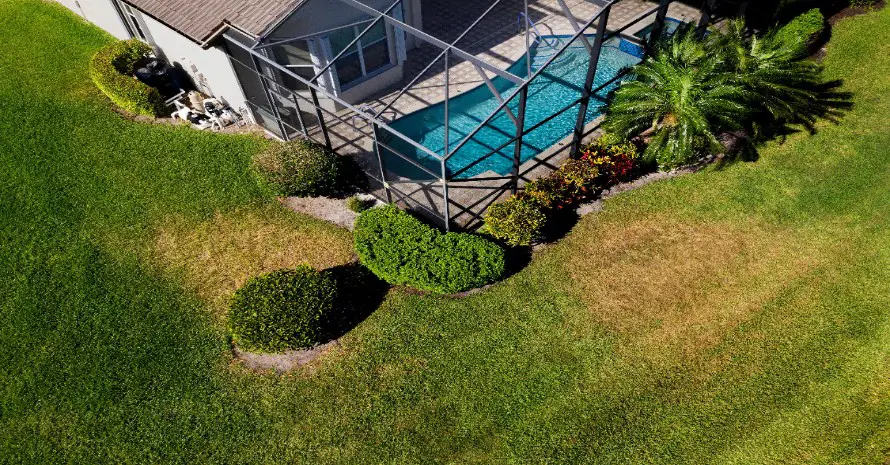An even layer of moss on the roof just looks beautiful. In fact, it can be detrimental to almost any material, as it retains moisture and thus accelerates the formation of rot and rust. Besides, if for some reason you need to climb onto the roof, you will surely slip on it.
So getting rid of such vegetation is a must. In this article, you will learn how to remove moss from the roof naturally and safely for yourself and roofing materials, and how to prevent vegetation from reappearing where it is not needed.
Guide on How to Remove Moss From Roof Naturally
To get rid of moss from roof in California, you first need to soak the vegetation with water from a hose and then gently remove it with a brush. After the treatment, apply a solution that kills plants and fungus to clean up even small particles. When done, install zinc or copper sheets to prevent re-growth and celebrate that you managed to remove moss from roof naturally in California forever.
Why is there moss on my roof?
Moss is a type of plant that can grow literally on any porous or rough surface because it does not need soil to develop and does not have roots. If there are even shallow places on the surface where moisture and dust can accumulate, be sure that moss will appear there after a while. The problem is especially relevant for those parts oriented to the north or northwest (in the northern hemisphere), that is, those roof slopes where the sun’s rays rarely fall, especially if the attic space is poorly heated.
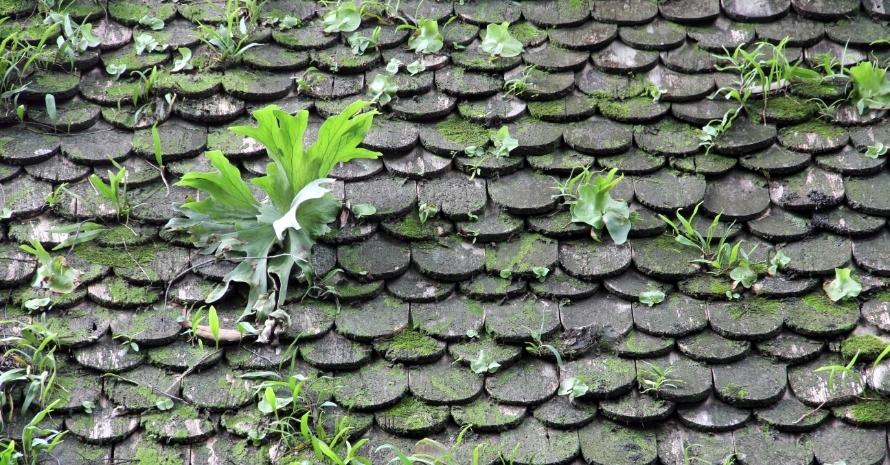
Also, houses located near water bodies, wetlands, and forests are most often affected. The improper laying of building materials and untimely cleaning of the roof from debris and fallen leaves increase the likelihood of moss.
Do you need to remove moss from roof naturally in California? Yes, since any vegetation is capable of destroying building materials. Moreover, moss creates a moist microenvironment (it accumulates water well), ideal for reproducing bacteria, fungi, and pests.
With a sharp drop in ambient temperature, the negative impact of vegetation is exacerbated. In the warm season, moss creates an additional protective layer that retains heat and warms the tiles. The plants die with a cold snap, and the roof is sharply exposed. Such a difference further accelerates the destruction of building materials.
Step-by-step guide
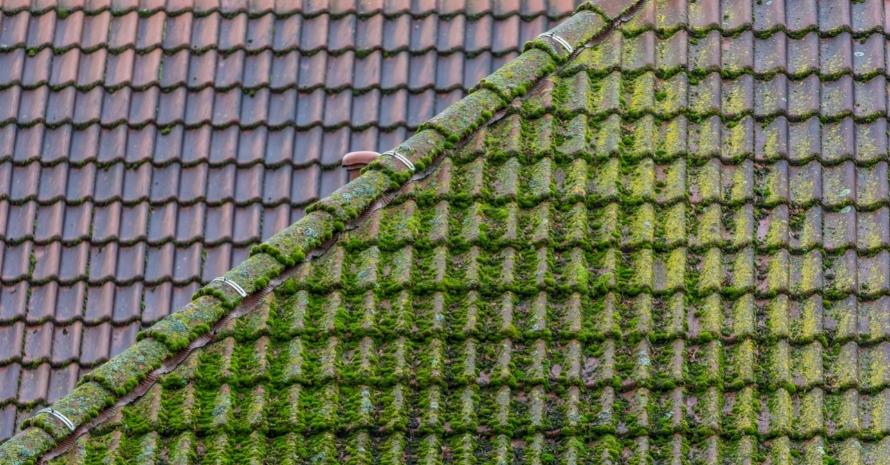
Preventing the spread of vegetation on the roof is much easier than fighting it. The first signs of moss can become noticeable after 3-5 years (depending on where your house is built) after laying the materials. Even if you haven’t taken any proactive measures, you can still save your home and not have to re-roof it from scratch. I recommend doing it in two stages.
Step 1: Mechanical cleaning
You will need a long hose connected to a water faucet and a brush with a long handle and soft bristles. It is important to proceed carefully to avoid accidentally damaging the tiles and exacerbating the situation. I do not recommend using pressure washers as they can be powerful and damage your roof.
However, with them, of course, the process is faster. If you still want to utilize them, always direct the jet from top to bottom so as not to break the seal. Moisture can get under the shingles and cause mold to grow and enter the home.
Try to wash off some of the moss with water first, then brush off the remaining pieces with a brush. Don’t rub or press too hard, but be careful not to skip the affected areas.
This mechanical method has a temporary effect and will save you from fussing with moss for a maximum of a couple of years. It will have to be repeated annually so as not to start the state. That is why, in addition to this technique, various chemical and natural agents are used that can suppress the activity of plants.
Step 2: Chemical cleaning
You can use ready-made solutions that you can find at any garden store or make your own. Store-bought products can be toxic to beneficial plants and even animals, and particularly aggressive fungus and mold removers can even damage building materials (e.g., discolor painted surfaces). While they effectively eliminate moss, I don’t recommend using them.
First, try homemade mixes based on baking soda, vinegar, dish soap, and water to get rid of moss from roof. You can also treat the area with copper sulfate. These tools are no worse than store products coping with the removal of spores.
Be sure to use PPE for chemicals as these solutions are volatile and can cause headaches and nausea. Processing should be carried out in cloudy weather at low ambient temperatures. So you will not suffer, and the spray won’t evaporate fast and will have time to act on the moss.
First, wet the roof with plain water and apply the mixture evenly using a garden sprayer or regular sponge. After it, leave the remedy for about half an hour, remove the moss with a soft bristle brush, and rinse with water. Keep an eye on the drains; do not let the solution get on the flowers and bushes that grow below. Collect draining water in containers so as not to harm nature. Such techniques do not completely rid you of unnecessary vegetation but can significantly reduce its activity. Repeat the treatment regularly to prevent the spread of moss.
How to prevent future moss growth
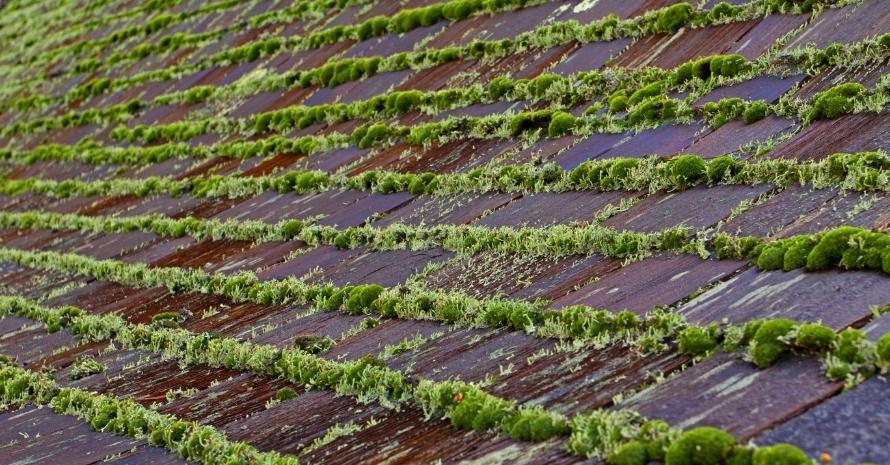
As I already wrote, it is better to prevent the appearance of moss on the roof. A copper mesh is laid on the top, even at the construction stage. It not only strengthens it but is also toxic to moss. It prevents the formation of vegetation. A more affordable alternative is zinc sheets or stripes that are laid under the top ridges.
Water, flowing down the metal parts, reacts with copper and zinc ions, becomes saturated with them, and kills the moss. Even if your neighbors have mold or moss on their roofs, the spores won’t be able to take root in your house because of an unfavorable environment. When using metal elements, you do not have to puzzle over how to clean the house’s roof yearly.
FAQ on How to Remove Moss From Roof Naturally
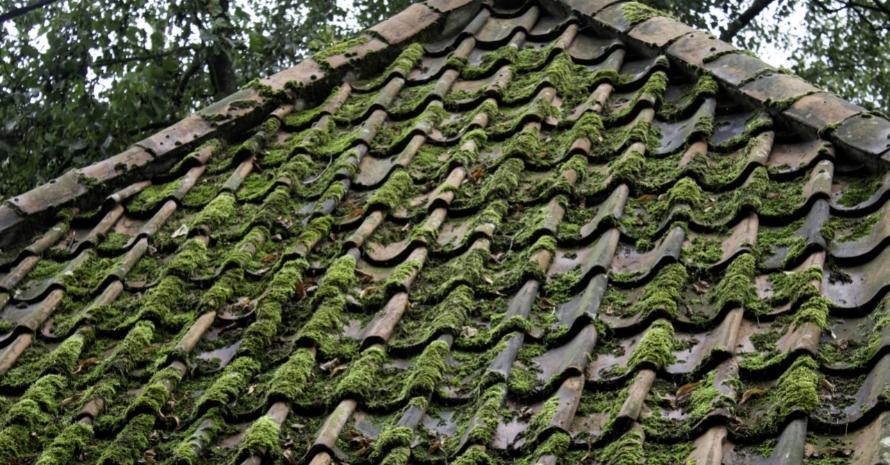
Removing moss from surfaces is a necessary procedure since, in a neglected state, vegetation can be detrimental to buildings. Here are some common questions on how to get rid of moss from roof shingles and my expert answers.
What is the best time of year to remove moss from the roof?
Moss should be removed when it is actively growing. Usually, it is spring or autumn, when the air humidity is quite high, and it often rains. Also, the temperature is relatively low at this time, so you can safely use any chemicals or natural remedies.
What home remedy kills moss on a roof?
A solution of copper sulfate has repeatedly proven its effectiveness. You can also make a DIY spray based on chlorine bleach (with the addition of water). For safer and more natural options, sprays with the addition of vinegar or baking soda are used.
Will vinegar kill moss on the roof?
Acetic acid can actually kill moss spores and young shoots. Of course, food vinegar is less concentrated (5%) than commercial (25%), and its effectiveness is somewhat reduced. If you have the opportunity, choose the second option to be sure to deal with unwanted vegetation.
Does baking soda kill moss on your roof?
It acts more like an abrasive to help remove moss. Solutions based on it should be applied liberally to the surface and left for several days. You should remove dead vegetation with a brush. Baking soda is environmentally friendly, so you can sprinkle it on your roof as a preventive measure.
Get Rid of Moss From Roof Quickly and Safely
The timely removal of moss and other vegetation prevents damage to building materials. Although it can give the house a slightly “fabulous” look, it still does more harm than good. Combine mechanical and chemical treatments to remove overgrown moss and keep spores from settling in your area. Install zinc or copper elements on the roof to avoid having to deal with cleaning every year.
Have you encountered such a problem? Which methods of removing vegetation from the roof have been the most effective for you? Please share your experience with readers and me in the comments.
